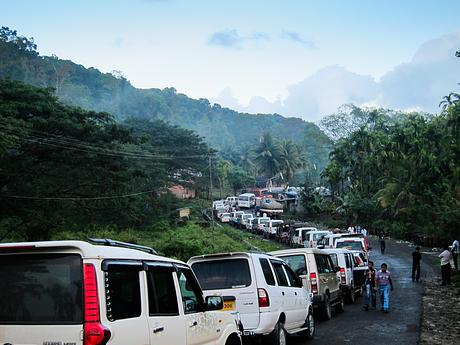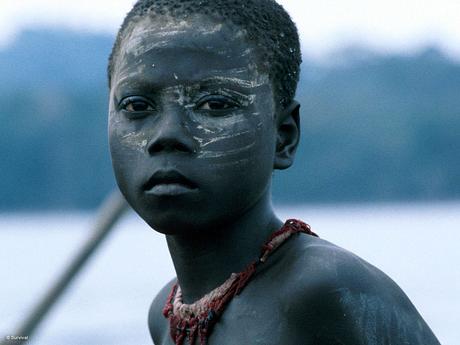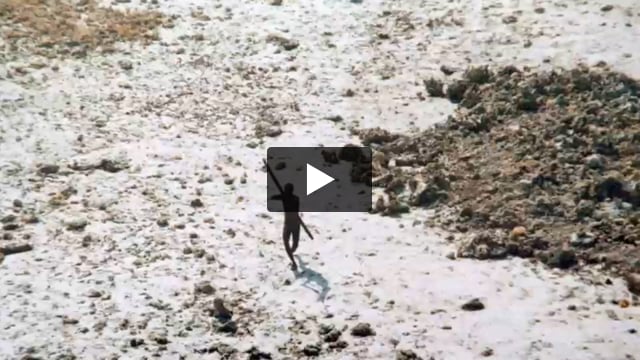India bans controversial tourist resort but fails to end ‘human safaris’
June 27, 2012

The controversial tourist resort run by Barefoot India in the Andaman Islands has been dealt a fatal blow, after India’s government banned tourism businesses from operating in a buffer zone around the Jarawa tribal reserve.
However, activists have warned of a ‘missed opportunity’ after the illegal road through the reserve at the centre of the ‘human safaris’ scandal has been allowed to stay open.
Barefoot claims to promote ‘socially responsible tourism development’, but their site’s proximity to the Jarawa tribe would threaten their wellbeing. The company has spent years challenging the legality of the buffer zone in India’s courts.
A number of other resorts are also affected by the decision, and will have to leave the buffer zone.
The new regulations, approved by India’s Union Cabinet recently, impose stiff penalties for those trying to organize tours to, or photograph, the Jarawa; offenders face 3 to 7 years’ imprisonment.
The Andaman’s Deputy Commissioner says, ‘the main motto of this act is that the Jarawa should not be exploited.’

However, while welcoming the move, activists say that until the controversial and illegal Andaman Trunk Road (ATR) is closed and an alternative route made available, the Jarawas’ exploitation will not end. They argue that the road denies the tribe control over who enters their land and how much contact they have with the outside world.
Denis Giles from local organization SEARCH says, ‘The Cabinet’s decision is welcome, but it does not strike at the heart of the problem – which is unavoidably the road.’
India’s Supreme Court ordered the road closed in 2002, but it remains open – with around 250 vehicles passing through the reserve every day.
Survival’s Director Stephen Corry said today, ‘This is a positive development, but will the new rules actually be implemented? In 2002, the Supreme Court ruled that the Andaman Trunk Road should be closed, but ten years later it still takes 250 vehicles a day into the Jarawa’s forest (and through the new buffer zone). The only real option is to close the road.’




